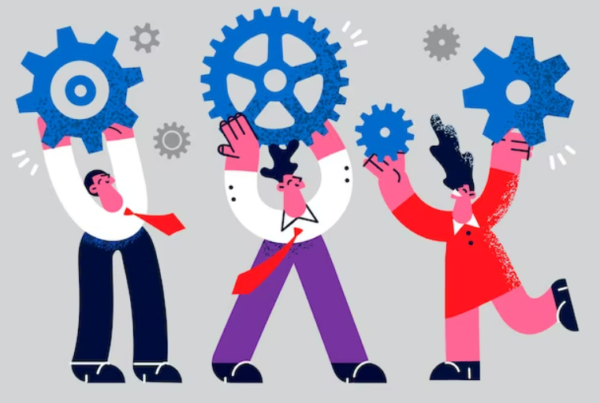Leaders are being challenged to transition away from old habits of thinking in order to meet the era of hybrid working, as the pandemic continues to serve a litmus test for the robustness of all kind of corporate operations. Mission statements and value-setting have often been aspirational exercises in the past, and have shown to be ineffective. Visionary phrases concocted in boardrooms were plastered all over reception, with no mention of the status quo or how the vision would be realized.
Misalignment
There is often a misalignment between people’s values and organizational values across all sectors and industries, with CEOs and senior management teams primarily responsible for creating organizational values. Not only were people in the bottom echelons less likely to have a say in what the organization’s culture should be like, but the top team exaggerated how much their juniors had been involved in the process and were now ‘living the talk.’
Employee Consultation
Employees must be consulted on culture in order for them to feel heard, as they are the culture’s roots, deciding its fundamental form and growth. Furthermore, alignment with corporate principles has a direct impact on the bottom line. Values-driven businesses beat the competition, with four times the revenue growth, seven times the job creation rate, and 750 percent higher profits. Employees, on the other hand, begin to lose faith when there is a misalignment between professed ideals and the actual culture on the ground. “The way human beings behave together – what they value and what they celebrate”. However, value-setting buzzwords are frequently too abstract to provide guidance.
Values & Behaviour
In fact, ‘integrity,’ defined as ‘honesty’ and ‘having strong values,’ are often the most highly ranked value. To put it another way, when it comes to shaping culture, we’re locked in a circle. We agree that we need values – and that they should be positive – but we can’t seem to narrow down how they show in our work behaviour. The rot starts to set in when we assign values or make mission declarations without considering existing behaviours. Organizational culture by design is a luxury only start-ups can afford.
Culture Shift
Despite their tiny size and early stage in their life cycle, these organizations provide fascinating insights on how culture is produced. 34 startups’ team role culture was examined as the companies grew in a 2015 study as part of the UK Government’s Growth Accelerator project. The most successful demonstrated the widest range of cognitive abilities. People managers and organizers who could implement ideas and ensure quality output were brought in by the entrepreneur founders, who gravitated toward innovation and a willingness to take risks. Rather of seeing the inevitable shift in culture as a threat, these organizations were able to lay a solid foundation by cultivating a culture where various contributions were not only valued and respected, but also recognized as necessary for success.
Culture Transformation
For better or worse, existing culture is generally entrenched in larger organizations – including those in later stages of evolution. Culture is famously difficult to alter, and if compliance is compelled, rebellion will soon follow. Culture transformation necessitates a strategy, backed by data and hard work, rather than a vision. The first stage must be to conduct a forensic analysis of the culture, collecting evidence brick-by-brick, team-by team, and making no assumptions about which qualities are present, absent, or required. The goal should be to rehabilitate rather than destroy, keeping the finest of the old culture while incorporating it into the new.
Strengths and Stretches
To establish confidence and traction, we must revert to fundamental ideas, such as how humans interact with one another. Perhaps we might think in terms of “strengths and stretches.” Which behavioural assets does the company already have in excess – perhaps even an overflow – and where do we need to go for more?
Success
What constitutes team success, and how can this be generalized to organizational culture as a whole? The most effective strengths-based tool starts from the ground up, allowing each employee to create a direct relationship between their contribution and the team and organizational culture. This behavioural data can be combined to generate strategic insights across all departments. Has the organization stopped developing as a result of a culture dominated by task-oriented personnel who prefer to keep things the same? Is it unable to progress because it is clogged with people who avoid making decisions for fear of provoking conflict? Whereas voting for popular terms and phrases may be an exercise in ‘more of the same,’ the most effective technique is to diagnose culture based on both what’s missing and what’s already there. The challenge of how to evaluate behaviour and create culture at scale was difficult enough before the pandemic. How can we know who we are if we aren’t co-located? Now, hybrid working is both a threat and an opportunity.
Recalibration
What is the best way to reorganize and recalibrate? We’re becoming more open-minded about who we contact with and where we could find the resources we need now that geographical barriers are no longer an issue. Culture change may be slow and difficult, but it is necessary to maintain relevance and competitiveness. In essence, the success of the endeavor is determined by how well organizations shape their employees’ work and behaviour.
Strengths-Based Approach
As hybrid working affects our working landscape, those organizations that have never taken their cultural pulse – or continue to issue demands from above – will likely find themselves floundering. When it comes to cultural change, the most effective will start small and refurbish one team at a time, moving away from meaningless rhetoric. They’ll evaluate their achievements and failures as part of a data-driven, strengths-based approach to stay ahead of the pack.




